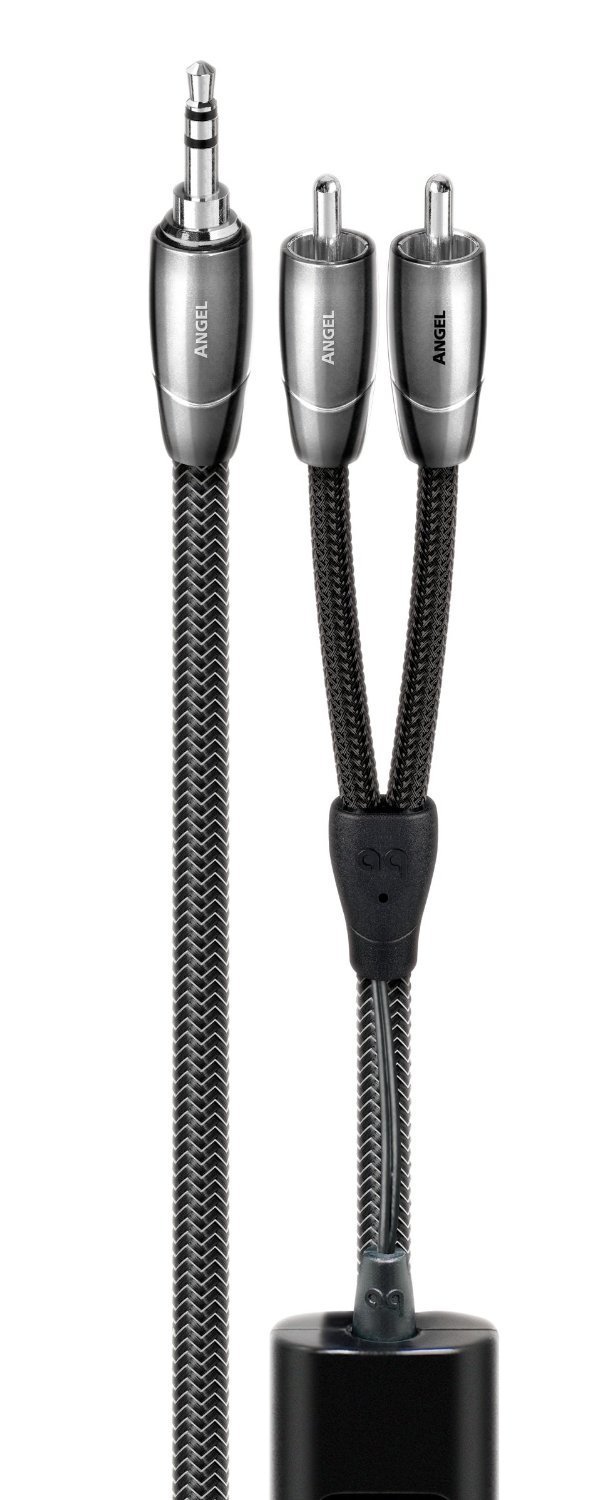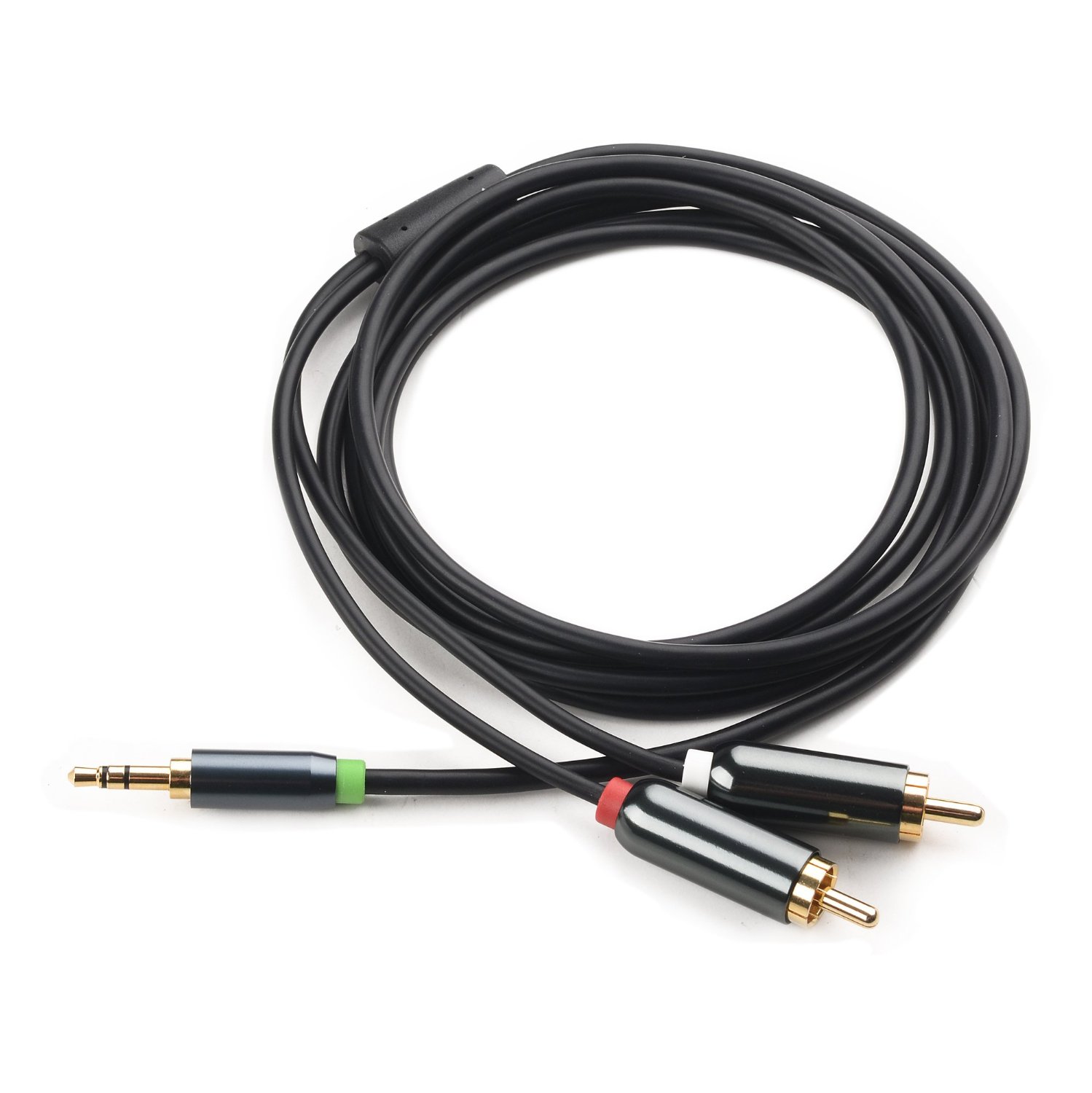Recording Music with the Zoom H5
The Zoom H5 is a very popular handy recorder in the film industry where it is often used in recording speech dialogue or panel discussions. This compact device provides four channels multi-track or stereo mixdown recording into an SD (up to 2GB) or SDHC card (up to 32GB). The recorder is able to record in either MP3 or WAV (BWF compliant) format, which is also commonly used in music production.
Initially, when I bought the Zoom H5, it was to record seminars / conferences I have attended so I can refer back to them in the future. The recorded audio quality is clean (with the included X/Y stereo microphone) and recording time will usually last far longer than needed (averages around 6 hours in my own experience with Panasonic Eneloop batteries).
Zoom H5 with the XYH-5 X/Y Stereo Mic attached
I was particularly interested in an optional accessory—the EXH-6 XLR/TRS combo mic preamps for the H5. With this particular accessory, I can transform the H5 into a 4 channels, portable multi-track recorder. Though I have observed zoom devices (e.g. H4, H4n or H6) being used in many different applications, I was curious in how the H5 would fair in recording musical numbers.
EXH6 attachment, two channels preamps
As compared to my usual portable recording rig that requires an audio interface and laptop, a Zoom H5 with the EXH-6 can essentially perform the task if the preamps can perform relatively well. Disclaimer: I am not saying that the setup I have with the H5 can completely replace your portable recording system. For example, it does not provide any additional outputs for your musicians to monitor themselves. However, if you understand the limitations of the H5, this might be a viable solution for a recording rig with far better portability and recording time (depending on the number of batteries you prepared).
Zoom H5 with EXH6 in action
Pursuing the subject, a recording was done to test the recording quality of the device. In this case, I have passively split the signal into both the H5 and the on-site sound system. The recording is a multi-track project of an upright bass, keyboard, and vocal track. The project is recorded in WAV format (24bit / 48KHz) and no EQ processing was done (e.g. High Pass Filter). On-board dynamics processing has been inserted into all the tracks, namely a Limiter (Studio) for the bass and keyboard tracks with a 8:1 ratio and Comp (Vocal) on the vocal tracks with a 16:1 ratio. This is to compensate the lower dynamic range of the H5 as compared to other audio interfaces designed for music production.
The Band Layout
Here are some samples of the individual recorded tracks.
This is a sample song I've mixed from the recorded tracks. Credits go to Carol Gomez for performing the wonderful number.
To conclude, the Zoom H5 is a very versatile handy recorder. Although the product is designed for film production purposes, the H5 does have some merits in providing multi-track features in a portable package. Although the dynamic range can be a little low (as you can hear from the vocal), it can be a viable solution for recording projects that need to be mobile or on the budget.
*The On/Off recording of ambient noise was a gated inserted by accident.
YWFU


